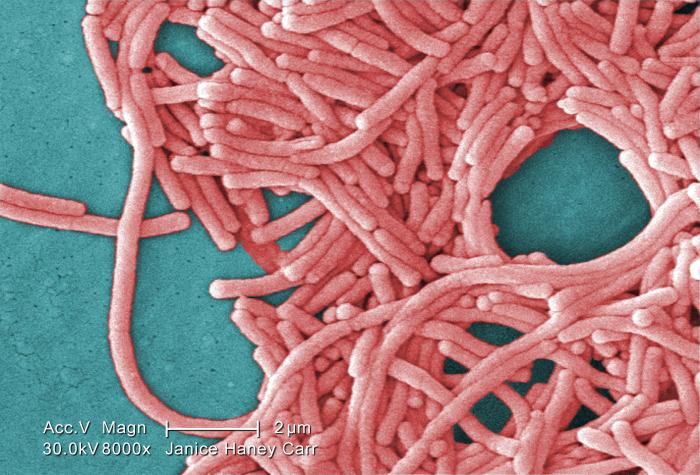
In the pre-Omicron variant era, previous symptomatic COVID-19 infection in unvaccinated patients conferred a level of protection against subsequent infections on par with that of mRNA vaccines but longer-lasting, according to a US study of more than 121,000 participants published today in JAMA Network Open.

A new study of 23.1 million Scandinavians suggests that the risk of myocarditis after mRNA COVID-19 vaccination is low but highest in 16- to 24-year-old males after the second dose. The results were published yesterday in JAMA Cardiology.

In its weekly snapshot of the pandemic, the World Health Organization (WHO) said yesterday that global cases dropped for the fourth straight week, with illness levels—as well as deaths—down in all regions.

Worldwide, 49% of COVID-19 survivors reported persistent symptoms 4 months after diagnosis, estimates a meta-analysis of 31 studies published late last week in The Journal of Infectious Diseases.

The Resilient Drug Supply Project (RDSP) has built the world's largest database on pharmaceutical manufacturing, procurement, and distribution. Composed of more than 60 public and proprietary datasets, it can monitor the drug supply chain from start to finish and predict likely shortages of essential drugs affecting the United States.

Infection with Legionella spp. (legionellosis) causes two distinct clinical presentations: Legionnaires’ Disease and Pontiac Fever. Legionnaire’s Disease primarily involves the lungs, often with accompanying gastrointestinal symptoms, and can also affect the liver, central nervous system, and kidneys, and cause metabolic derangements.

Maintenance drugs are used to treat chronic conditions. Several classes of maintenance drugs have attracted attention because of their potential to affect susceptibility to and severity of COVID-19.

Oxitec reports that its insects behaved as planned — but a larger trial is needed to learn whether they can reduce wild mosquito populations.

Two days after getting my second dose of the Moderna mRNA vaccine as part of a clinical trial, my body was still mounting a robust immune response when, from the floor of my son’s bathroom, I frantically telephoned the clinical research site at the University of Illinois.

Dampness and mold (D/M) in buildings are consistently linked to poor respiratory health of occupants. D/M-related health effects include the development of asthma, asthma exacerbations, respiratory infections, and upper and lower respiratory symptoms.1, 2 Despite the long understanding that living in a damp or moldy home is bad for your health—Leviticus 14:33-54 advises the destruction of homes with recurring mold—the specific agents that cause the health effects have still not been identified.1, 2







